A Handy Reference for the Ramen Beginner
Ramen is a whole new world of culinary delight for many people. Let this page be a guide for when the restaurant has their ingredients written in Japanese or uses a name for an ingredient you’ve never heard of. Of course, we highly recommend simply asking the staff for more information. You never know what you could learn.
Check back as this guide grows as our Ramen Saga continues. The world of ramen has so much to offer, and we’re doing our best to taste it all!
• Noodles •

Ramen
Where everything started. This is the basic noodle and the star of almost every ‘ramen’ dish and where it gets it’s namesake. Of course, not every bowl features these noodles. I find them to be excellent in texture and with a good neutral flavor. The texture is where pasta shines and ramen’s undulations feel good on the palate and are easily gripped with chopsticks (or forks for the uninitiated)
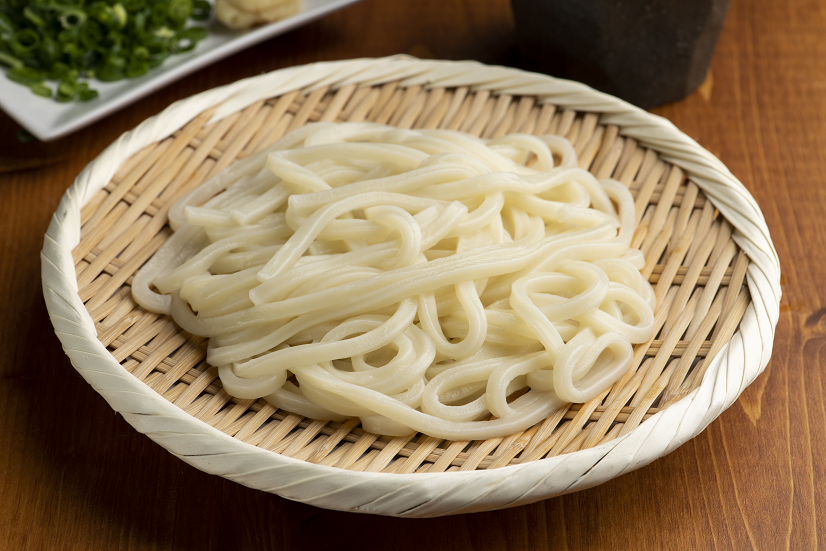
Udon
A larger, flatter noodle. These tend to have a slicker texture to them and as a result, are somehow harder to grab hold of than standard ramen despite their girth. I like these due to their more prominent flavor and they tend to be a bit more filling. However you may end up dropping a noodle or two and sling some soup droplets where you didn’t mean them to go!
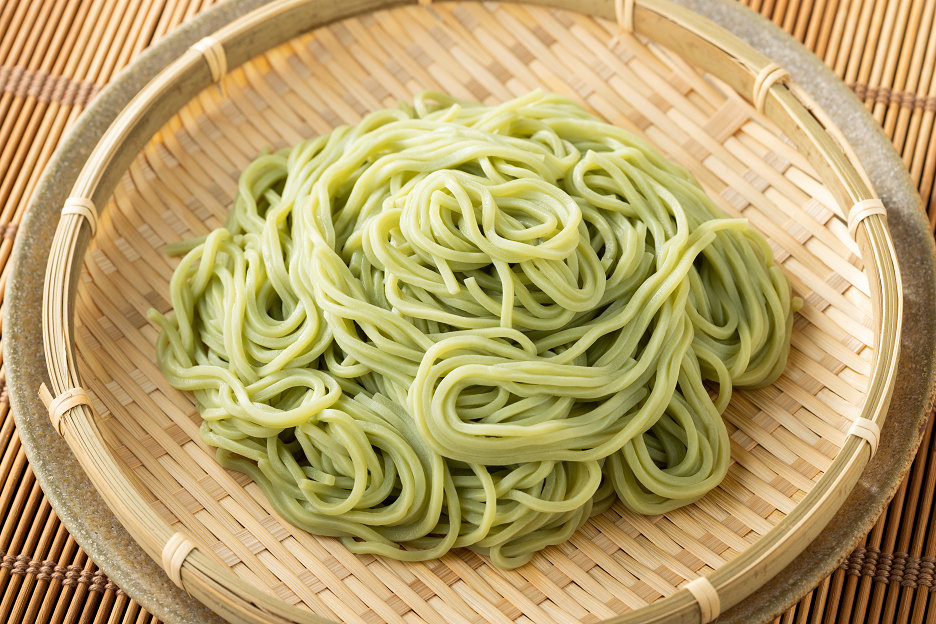
Veggie Noodles
A popular modern accoutrement to many dishes. The addition of green vegetables adds a splash of color to the noodle and alters the flavor slightly. They are typically shaped like standard ramen, and they add just a little more vitamin content to your dish.
• Broth •
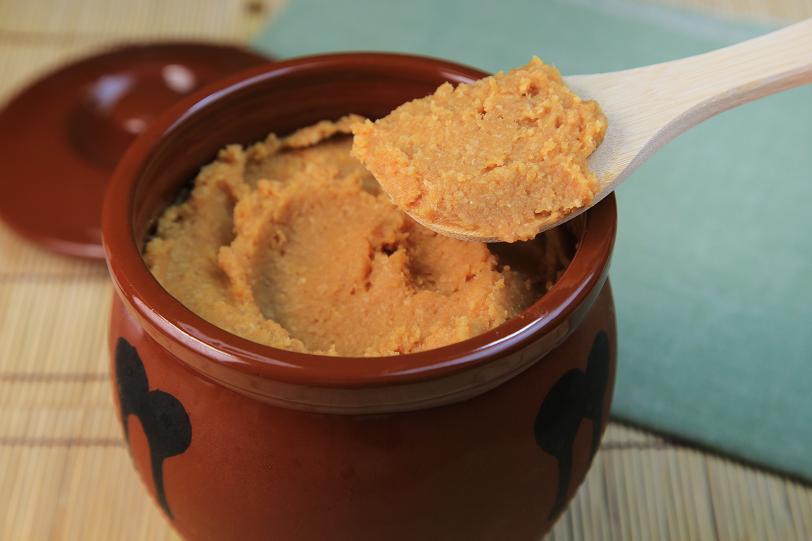
Miso paste
A paste made from fermented soybeans and a special kind of mold, Koji. Depending on the brand and blend, it may contain other components such as seaweed, or rice. Typically, ramen broth made from this has a savory, umami flavor and it makes for a wonderful soup pairing as well. This is a staple in Japanese cuisine, so of course it would make it’s way into ramen.
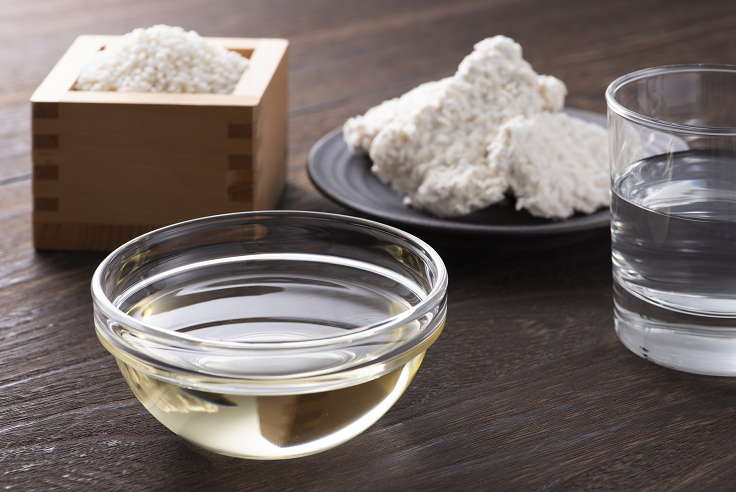
Mirin
Mirin is sort of like rice wine in the way that cooking sherry is like a table wine. Lower alcohol content, with the intent to be used in cooking. This is used in Ramen broth to give a brighter flavor with overtones of sweet rice. Despite the initial alcohol, this won’t get you tipsy as it all comes out in the cooking process. Not to mention that the mirin is often mixed with other ingredients in the creation of a house broth.
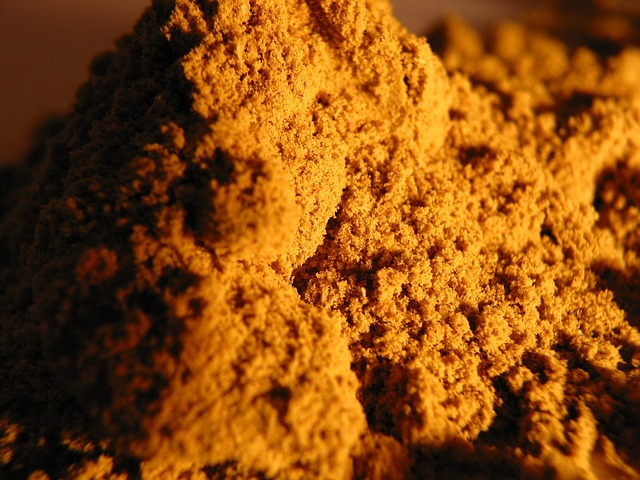
Curry
Hearty and full of flavor, this broth usually imparts a strong color to the bowl. Curries range in color from yellow, green, orange, and red. It all comes down to the specific mix provided by the restaurant. Often times the curry broth will be the house specialty, so you should really give it a shot when it comes up! Oftentimes my favorite dishes provided by the restaurant feature a curry broth.
• Toppings •
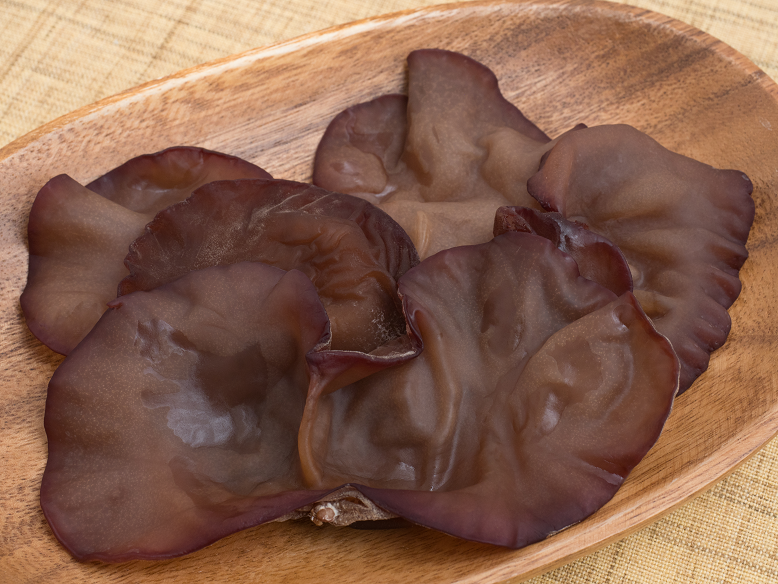
Kikurage (Wood Ear Mushroom)
This ingredient provides dark flecks of color to ramen dishes, and promotes a smooth umami flavor and a chewy texture. It is a lovely way to add intrigue to your ramen, and doesn’t offer a strong enough flavor on its own to dominate the dish.
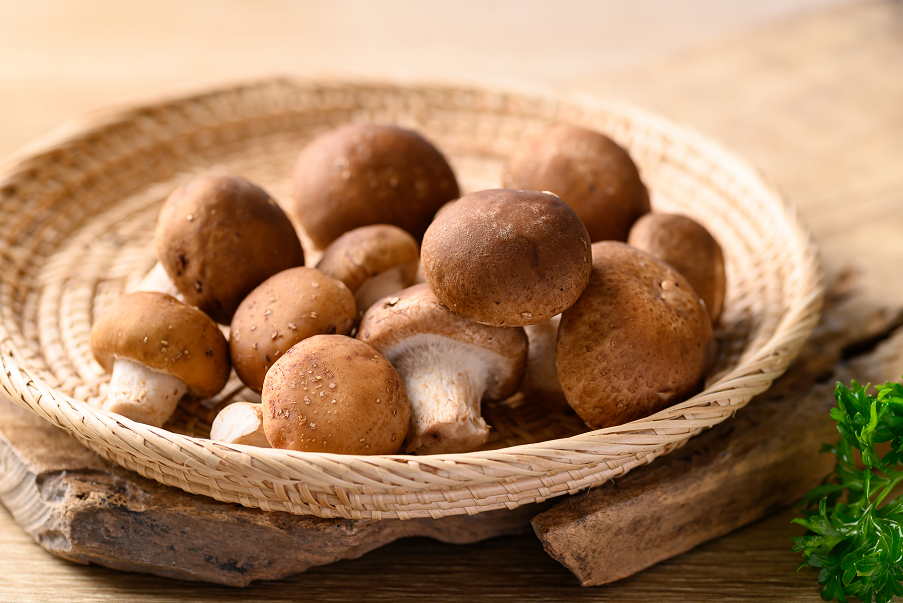
Shitake (Beefy mushrooms)
These mushrooms are savory with a chewy texture. They’re often times sliced thin but infrequently are served as whole caps. They provide a lot of flavor to a ramen dish and are one of the more classic ingredients one could expect to see.
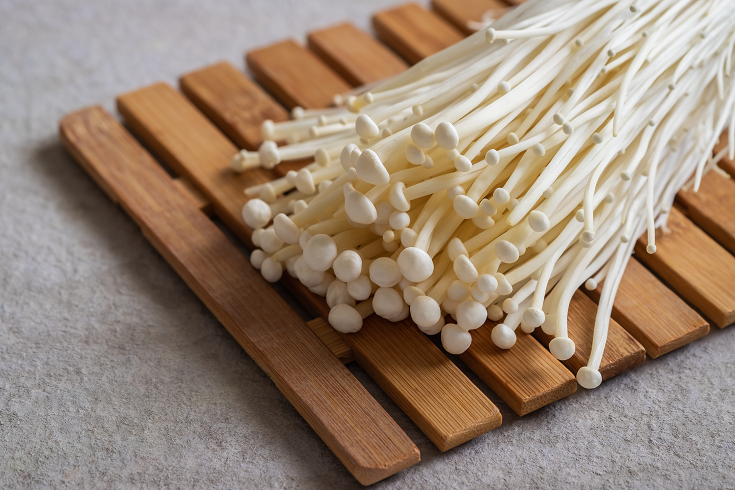
Enoki (Stalky mushrooms)
A rather crisp mushroom that adds a lovely visual component to your dish. Certainly a more exotic fungus, in the west it can be a bit difficult to source these for private use and are worth adding to your dish. As one could expect, they have a texture similar to cooked and julienne carrots.
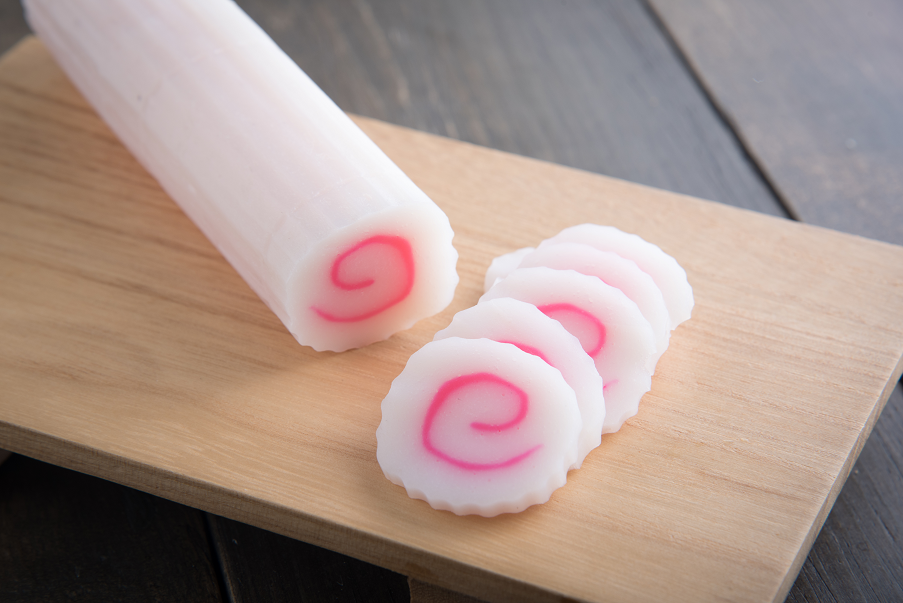
Naruto (Fish Cake)
A visually expressive ingredient, this one adds a specific texture to the dish. Not particularly strongly flavored, but has a presence of umami. Notable for the trademark red swirl, this ingredient is part of what made ramen famous in various shonen anime (especially the one that shares its namesake). Not all naruto has the red swirl, and it may appear in various sizes depending on the source and how it is cut.
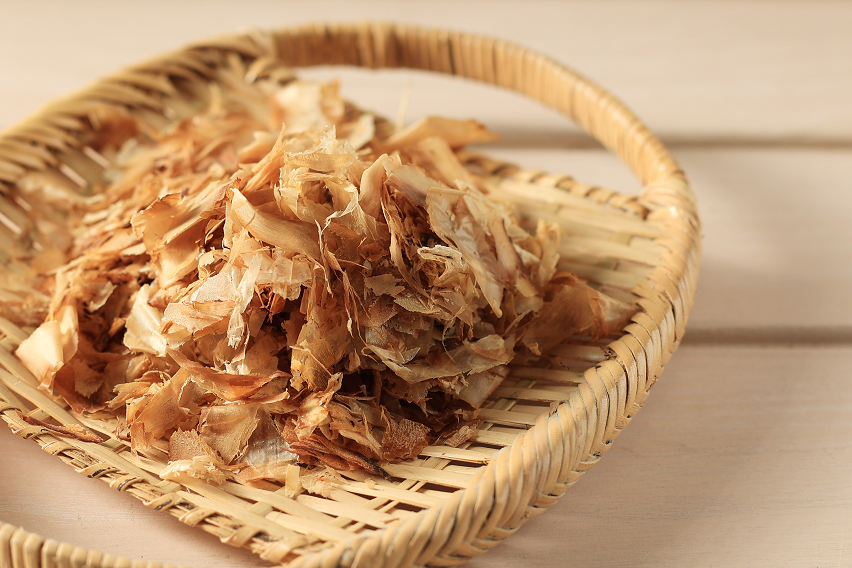
Katsuobushi (smoked, dried, fish shavings)
Also known as Bonito Flakes
This is a very popular ingredient to use in subtle ways in japanese dishes. Notably found adorning takoyaki, you can often find various ramen dishes featuring this ingredient as well. This is packed with flavor reflecting the arduous process involved in making it. The fish is smoked for a long period of time, and then fully dried so that the meat is as hard as a brick. This is then shaved as necessary to top various dishes. It brings along a smooth, smoked flavor intensified by the drying process.

Kombu (Kelp)
Similar to Nori, this ingredient gives you a bit of an ocean hue to your lovely meal. Less frequently featured than seaweed, kelp has a thicker texture and less prominent flavor.
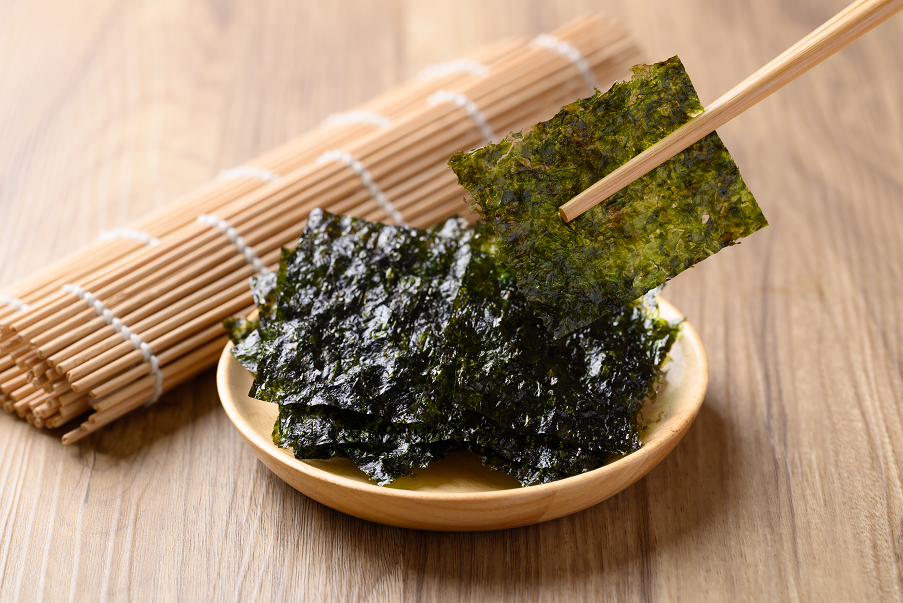
Nori (Dried seaweed)
A slick texture along with a taste of the ocean is my takeaway from this ingredient. They are large and flat when dry, and immediately soften up to become almost unnoticeable once in the broth.
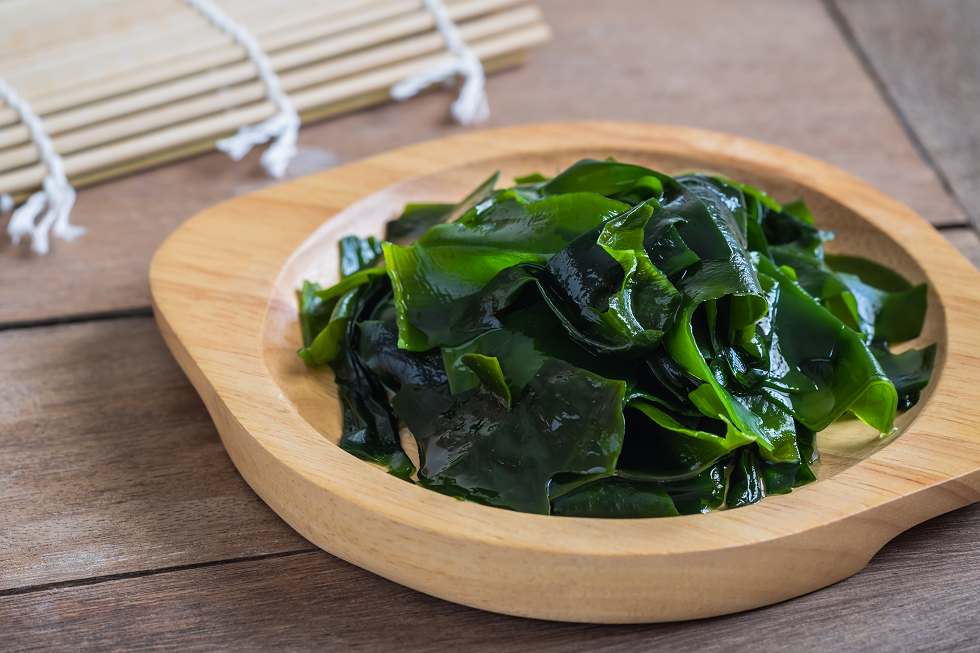
Wakame (Seaweed)
A more muted version of Nori. Wakame is notably less salty and umami than its counterpart. It is far fleshier in texture like wood ear mushrooms and brings a nice flash of dark green to your dish. Goes great with other sea-based ingredients or tofu.

Leek
This vegetable has a mild onion-like flavor and a texture not unlike cooked celery. The large, flat leaves work well whether finely cut or with large slices. They can also impart a good flavor into the broth itself, besides the visual aspect of the root.
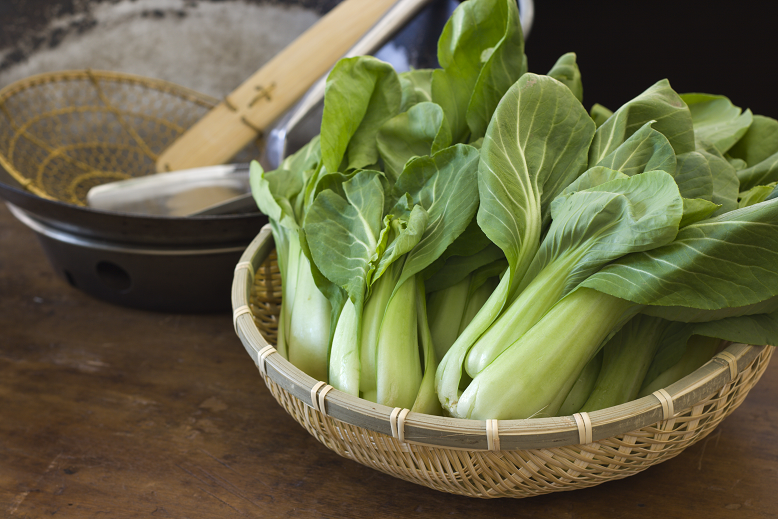
Bok Choy
This staple is another key ingredient in the world of ramen and Asian cuisine as a whole. It has a muted flavor but lots of texture, as they leaves don’t lose very much consistency when cooked. Typically steamed, they can be served as whole leaves or sliced. I like this one when you want a more basic ramen dish. Goes great with Shitake mushrooms and eggs.
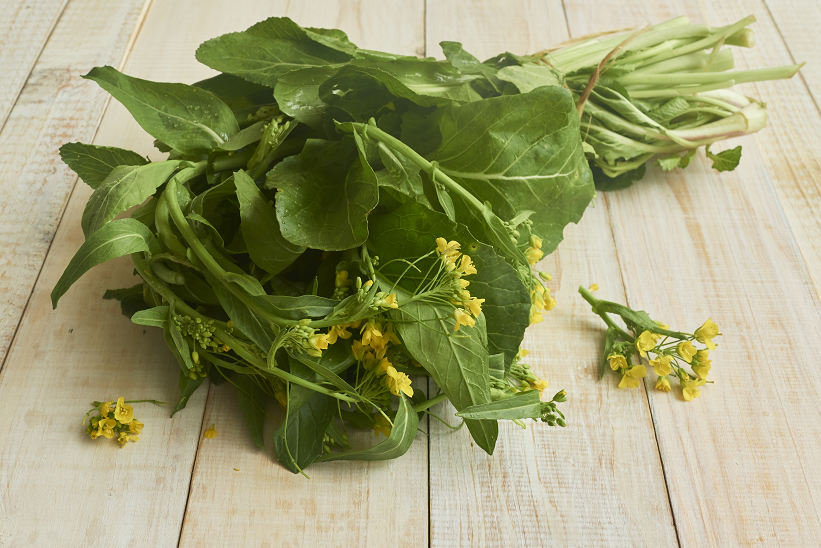
Mustard Greens
These tend to have a rather mild flavor despite what the name would suggest. They are often steamed and served with other vegetables. I tend to like the texture they provide, with their large, flat leaves, they are pretty similar to bok choy but have a more prominent flavor than that staple. The flowers are edible but not many restaurants provide them because they don’t keep as well as the leaves.
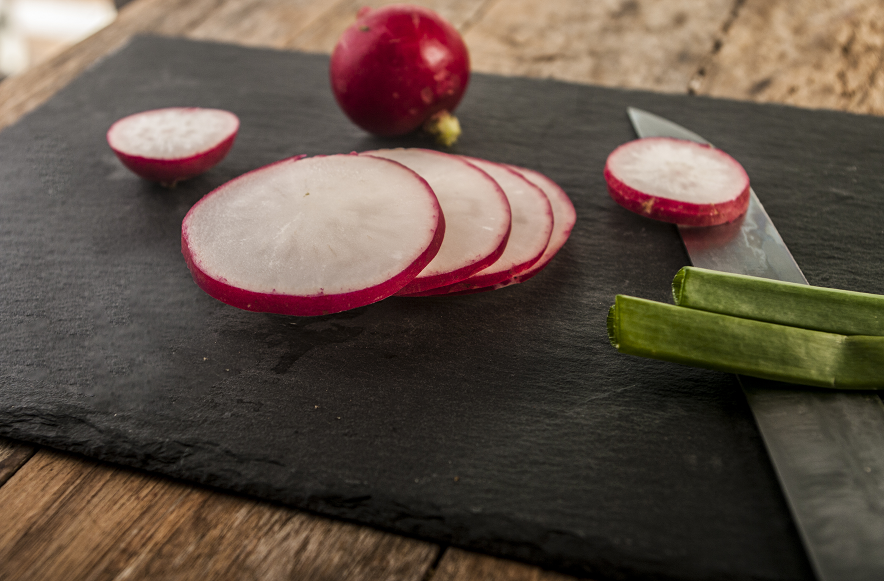
Radish
This root is crisp and fresh with a bit of tartness. Often served pickled and on its own, you can also find it within many ramen dishes. It rarely features the bold skin but the flesh itself is rather prominent and hard to miss. Good if you’re looking for a particular texture that’s different from the leafier vegetables.

Sesame Seeds
Most often served toasted, sesame is a key ingredient in Asian cuisine. These are very small and not nearly as verbose as other ingredients tend to be. They can provide just a little bit of crunch and flavor to your dish, and sometimes that’s all you need to bring a dish over the top to true excellence.
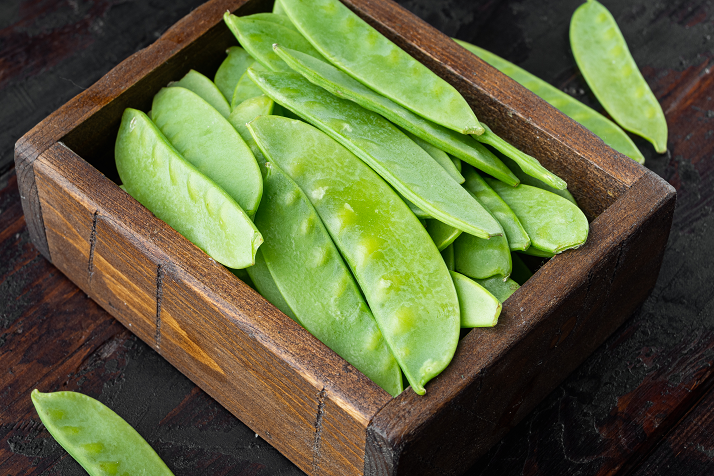
Snowpeas
These retain their shape and texture within the hot broth. Delightfully crunchy and with a sweet, vegetable flavor. These are a mainstay in many Asian dishes and work very well with ramen of many kinds.
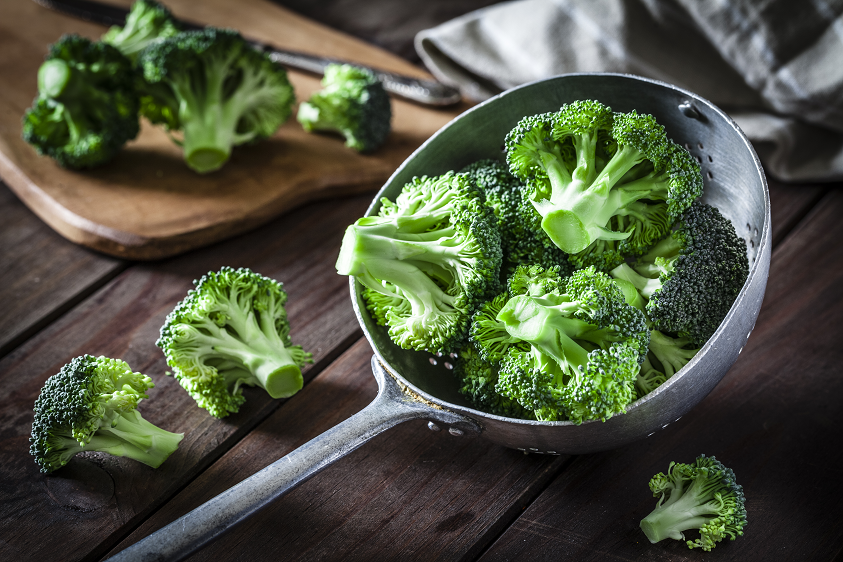
Broccoli
A flavorful and conventional vegetable. This one is much better than media would lead you to believe. It is much softer when cooked than it is raw, however cooking it releases a very strong odor. I recommend this one when you eat out rather than eat at home for that reason. Very notable texture due to the small florets that line the stems, they’re chunky consistency makes them more filling than other vegetables and they pair well with mushrooms and corn.
• Proteins •
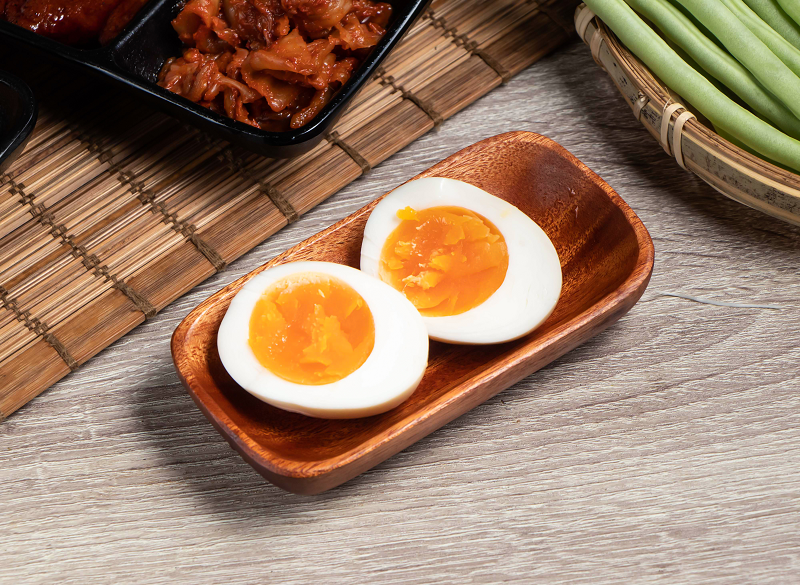
Soft-boiled Egg
One of the most iconic toppings for a ramen dish. It’s almost not truly ramen without it, but of course you can always forego this one if you’re feeling more vegetarian. These are often marinated in soy sauce and have a particularly notable dark color and creamy texture. Some restaurants poach the eggs, and I tend to not favor these as they dissolve into the broth rather than stand on their own.
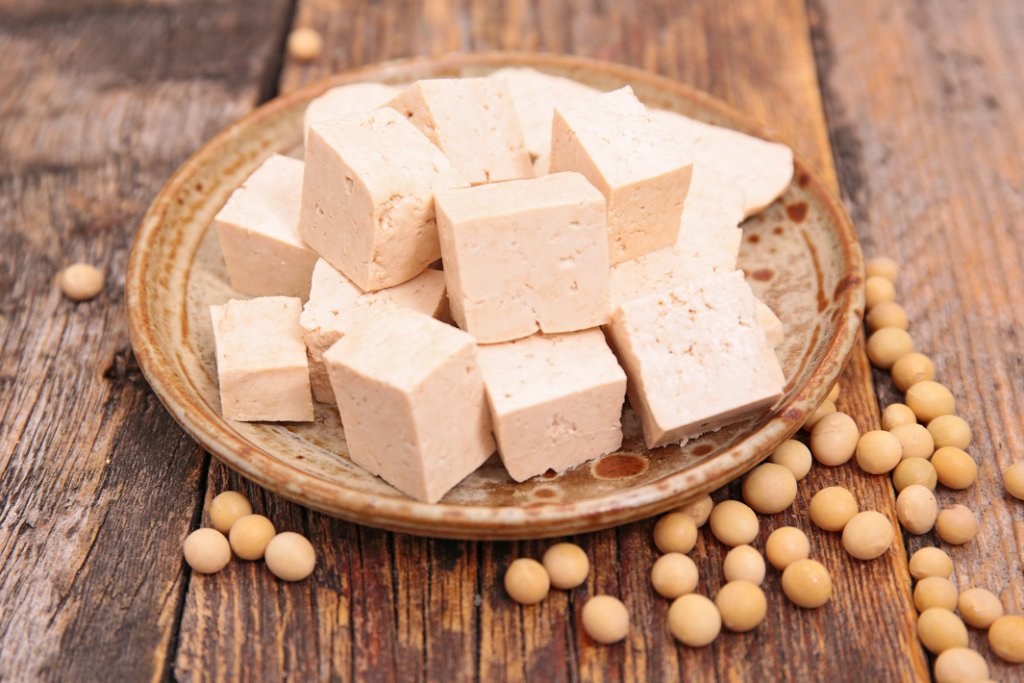
Tofu
Love it or hate it, nothing is quite like tofu. This ingredient has a particular flavor that’s a bit hard to put your finger on, almost plain, but with a lightly savory quality. I find this one a safe bet when the meat options aren’t looking the best or if you’re just feeling like a more vegetarian option.
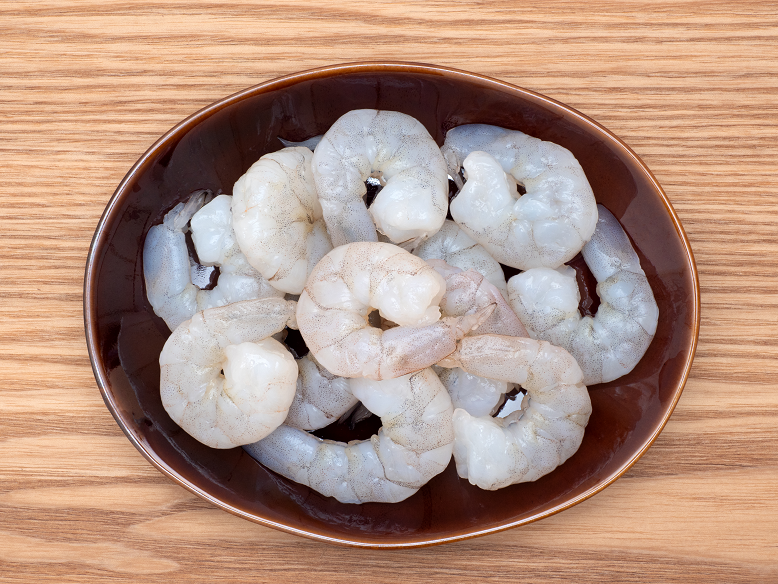
Shrimp
A less prominent flavor than other meats. Shrimp brings a little bit of the ocean to your dish. The texture is similar to lobster but not quite as sweet. These are often served fried but steamed or even grilled shrimp can make their way into your dish depending on where you go. A mainstay in ocean-themed ramen dishes alongside octopus or squid tentacles.
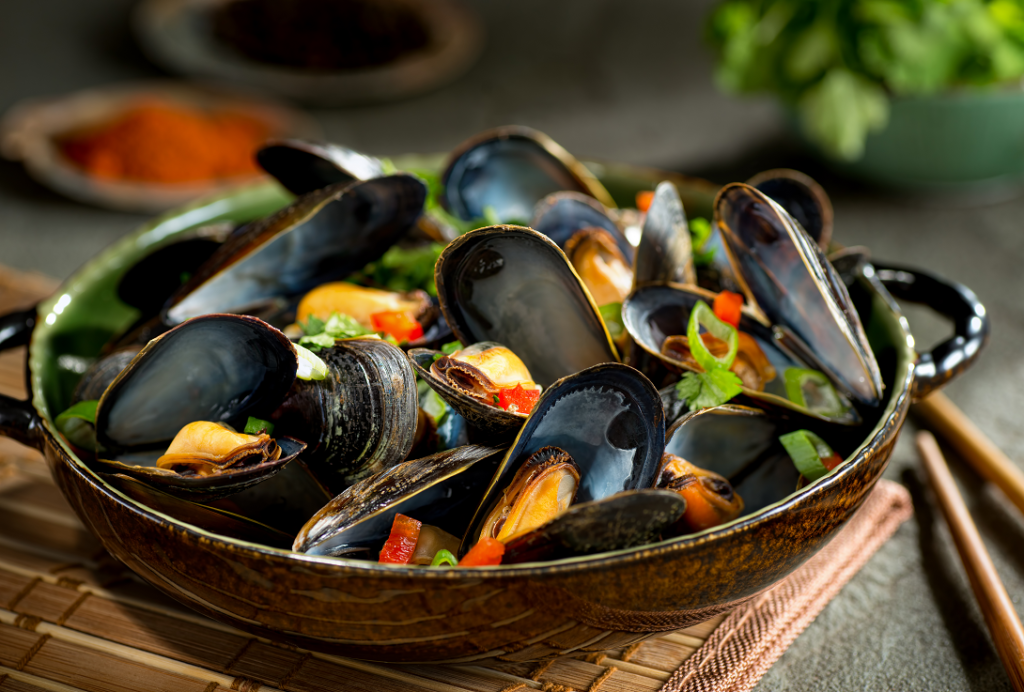
Mussels
Typically, you’ll only see this one in dishes that have an ‘ocean’ theme. Usually featured with other ocean meats like shrimp, squid, or octopus. Mussels have a very meaty texture and delightful flavor to go along with their iconic shells.
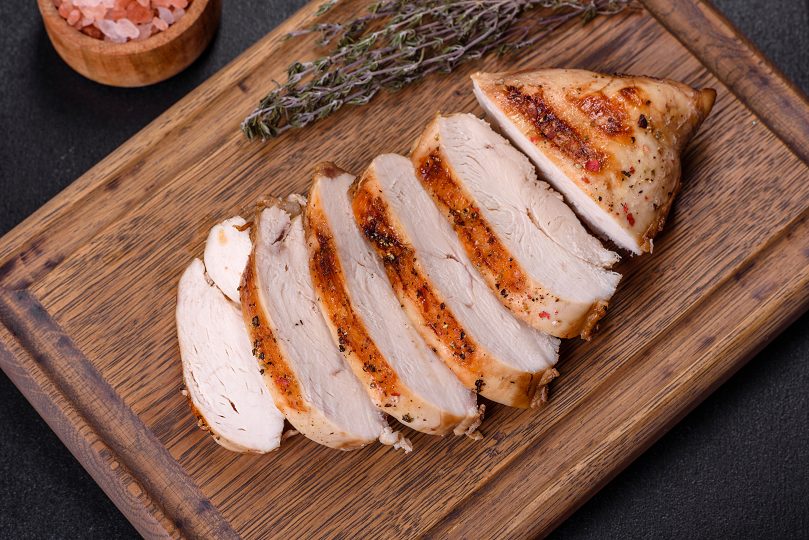
Chicken
This is an ingredient that is not as safe of a bet as you would expect. Wildly varies from restaurant to restaurant. It seems like every restaurant has a different way of preparing and serving this ingredient. Many will serve this boiled, perhaps even from dark meat cuts, and those are ones that I avoid. Better when fried in my opinion, even if it’s not as healthy as other variants. The best chicken is served on the side so you can add it at your leisure.
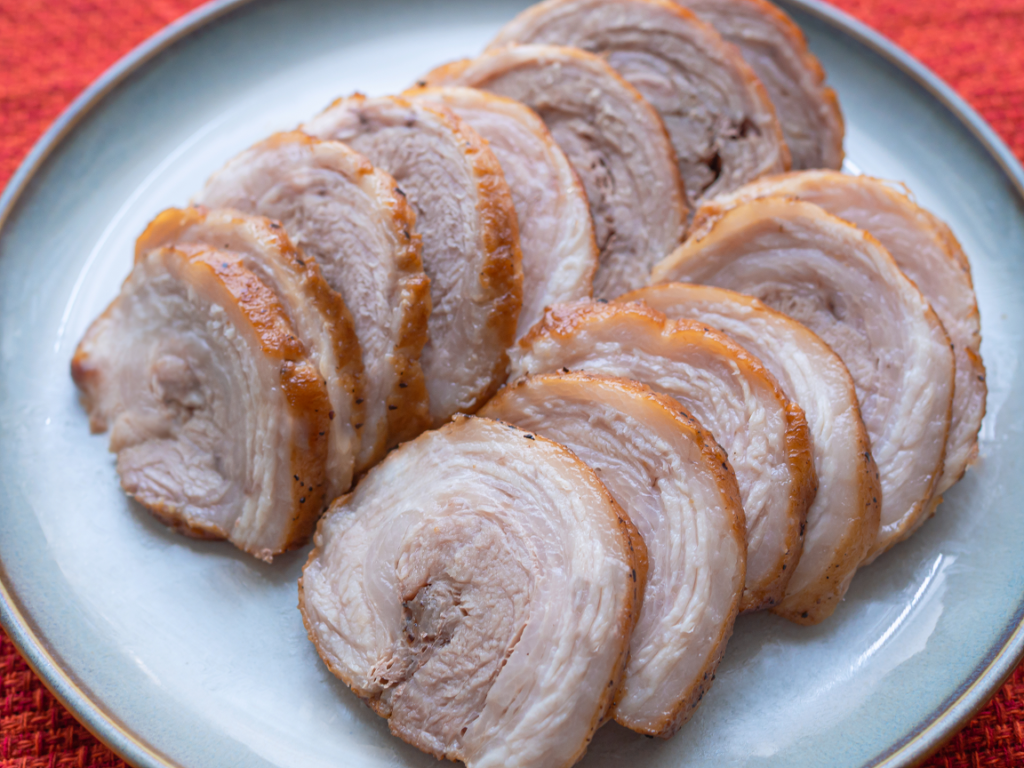
Chashu (pork)
A strongly flavorful ingredient. Chashu has a meaty consistency with a prominent fatty texture. This texture made it a bit difficult for me at first, but once you get past that it is hearty and filling and a wonderful treat. The meat often has bands of fat, lighter colored meat, and darker meat. These all have unique textures and flavors which make this a rather exciting addition.
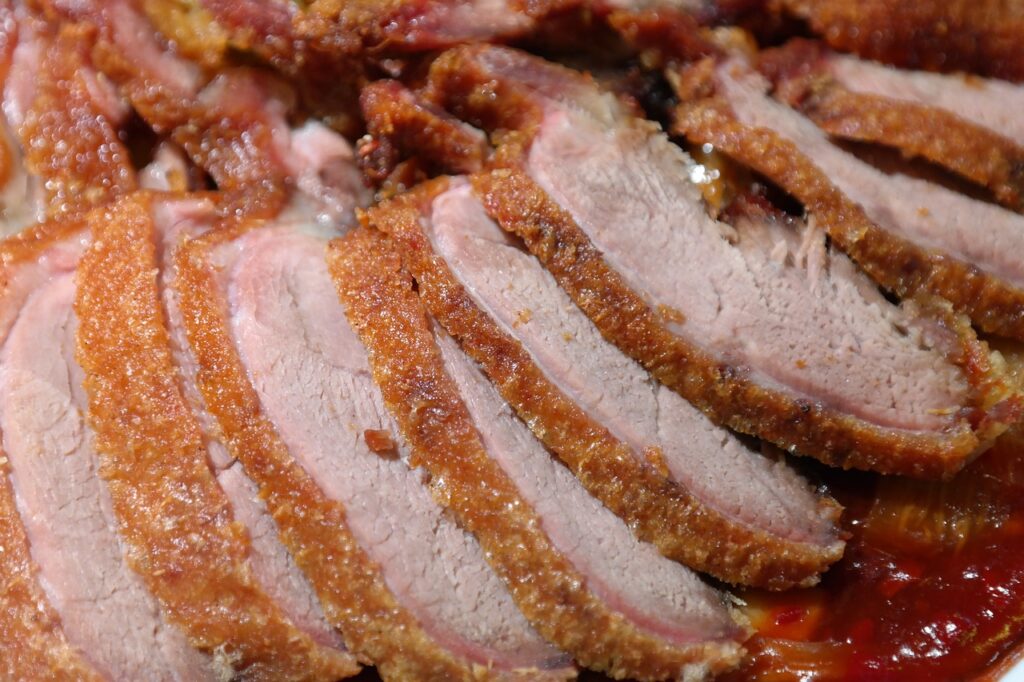
Duck
In my opinion, this ingredient is best when served crispy, similar to chicken. Lots of flavor, it reminds me a bit of turkey but with the texture of chicken. This one is often served as a premium option, but this depends on the location you’re attending.
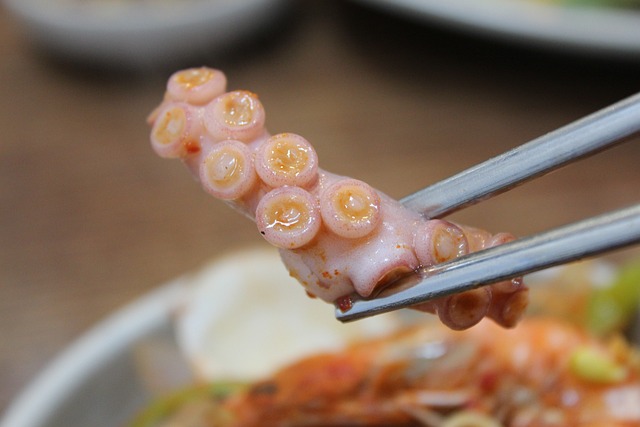
Octopus/Squid Tentacles
This protein has an exotic shape and a variable texture. It is often chewy but can be soft depending on how it has been prepared. Most often seen in Takoyaki, this ingredient can make its way into Ramen on occasion, especially if the dish has a seafood theme. Octopi and Squid have a similar texture and flavor, so they are served in very similar fashion at various locations. These are a winner as appetizers!
• Sauces •
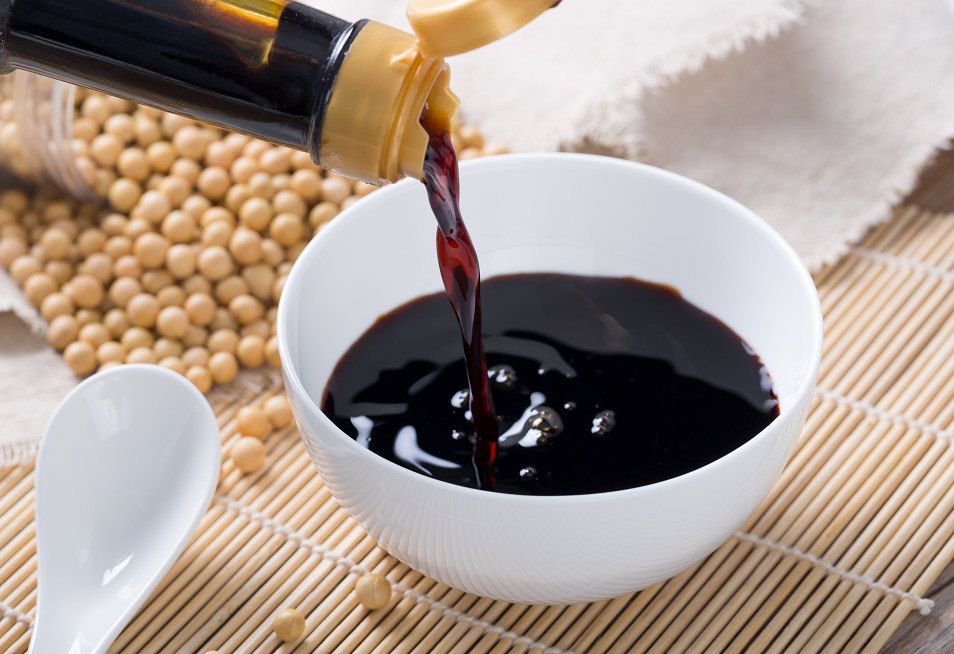
Soy Sauce
A prominent ingredient in many Asian dishes. This sauce brings a bit of umami and salt to any dish it’s been added to. I find that it has a bit of a cooling quality as well. The best soy is organic and fresh.
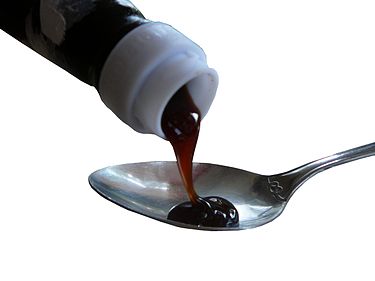
Oyster Sauce
An interesting side that is a bit more uncommon than other sauces. This is a thick, dark colored sauce with a sweet flavor with the taste of the ocean. More often included in dishes with an ocean theme.
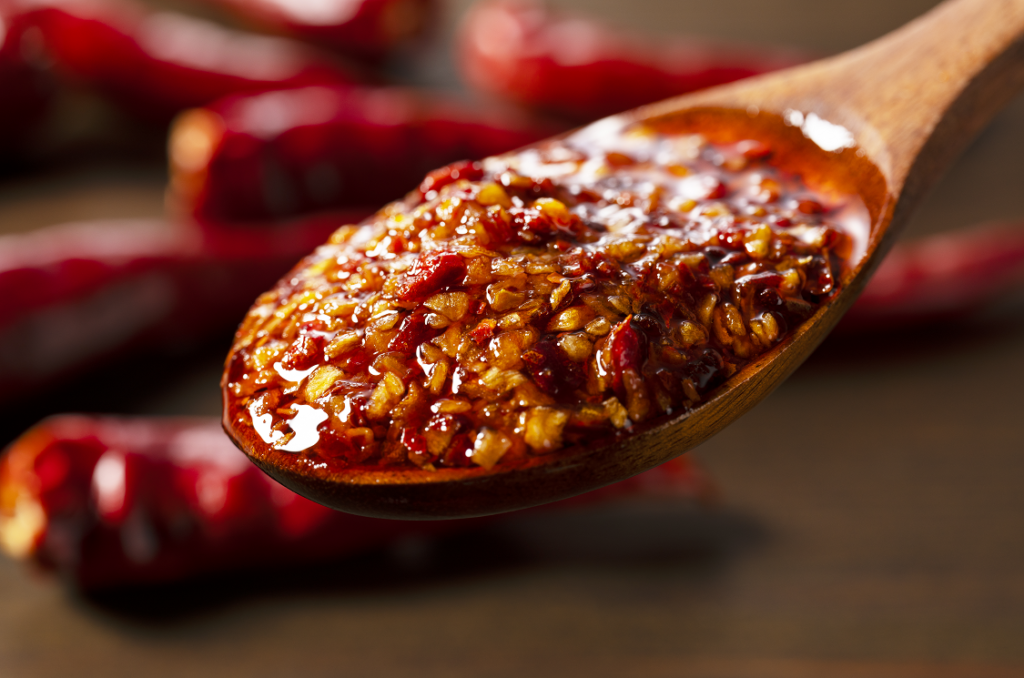
Chili Oil
A strongly flavorful ingredient. This is a common addition available in most ramen locations that is provided in order to make your ramen dish spicier. This is also what the restaurant will use in the kitchen to make a spicy ramen dish, so if you desire to modulate how spicy you want it, you usually just have to ask.
• Popular Sides •
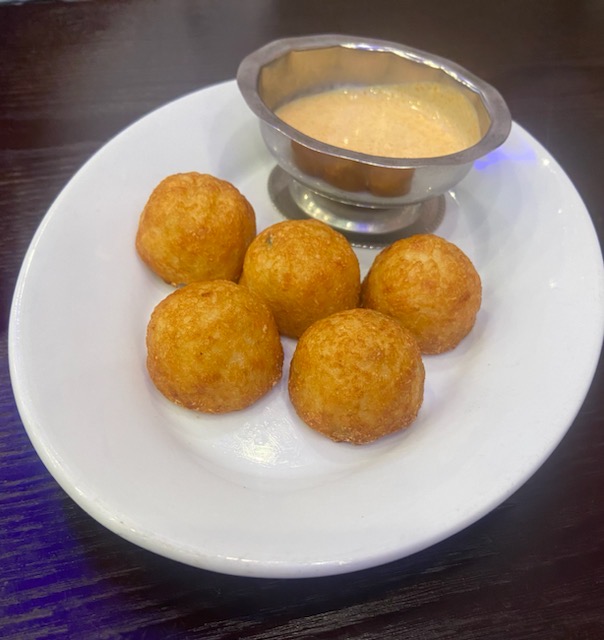
Takoyaki (Dough balls stuffed with Octopus)
Expect a mildly sweet and creamy texture from the batter surrounding a meaty or chewy octopus tentacle. Typically topped with katsuobushi, the real source of flavor in the dish. The size and quality of the tentacle stuffing ranges depending on the restaurant, and most people will remark more on the batter itself. The best takoyaki features a smooth blend between the meat and batter. This is a popular dish because it is rather simple and cost effective to make. Even knowing that, this is typically a safe choice and goes well with sake and friends!
